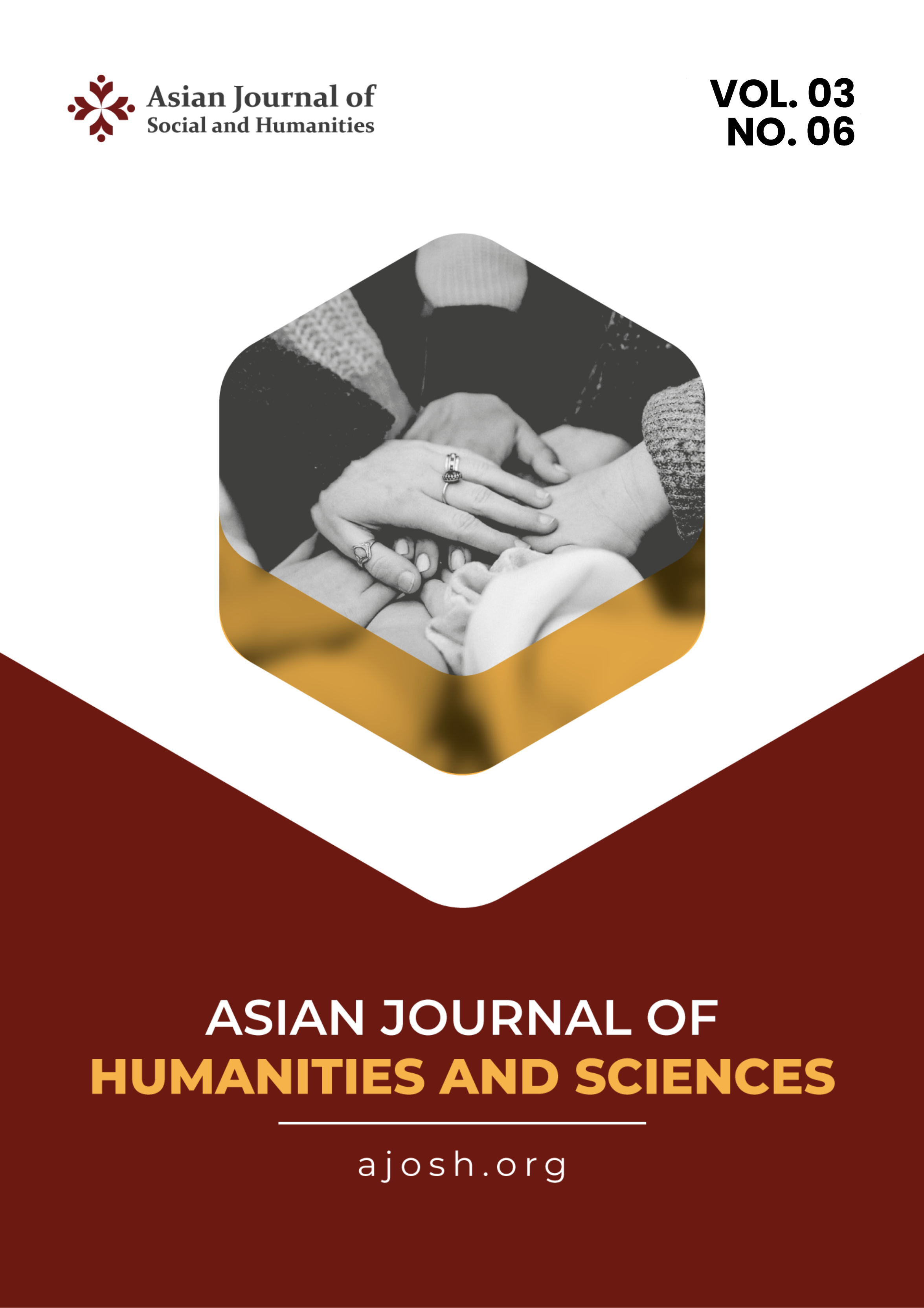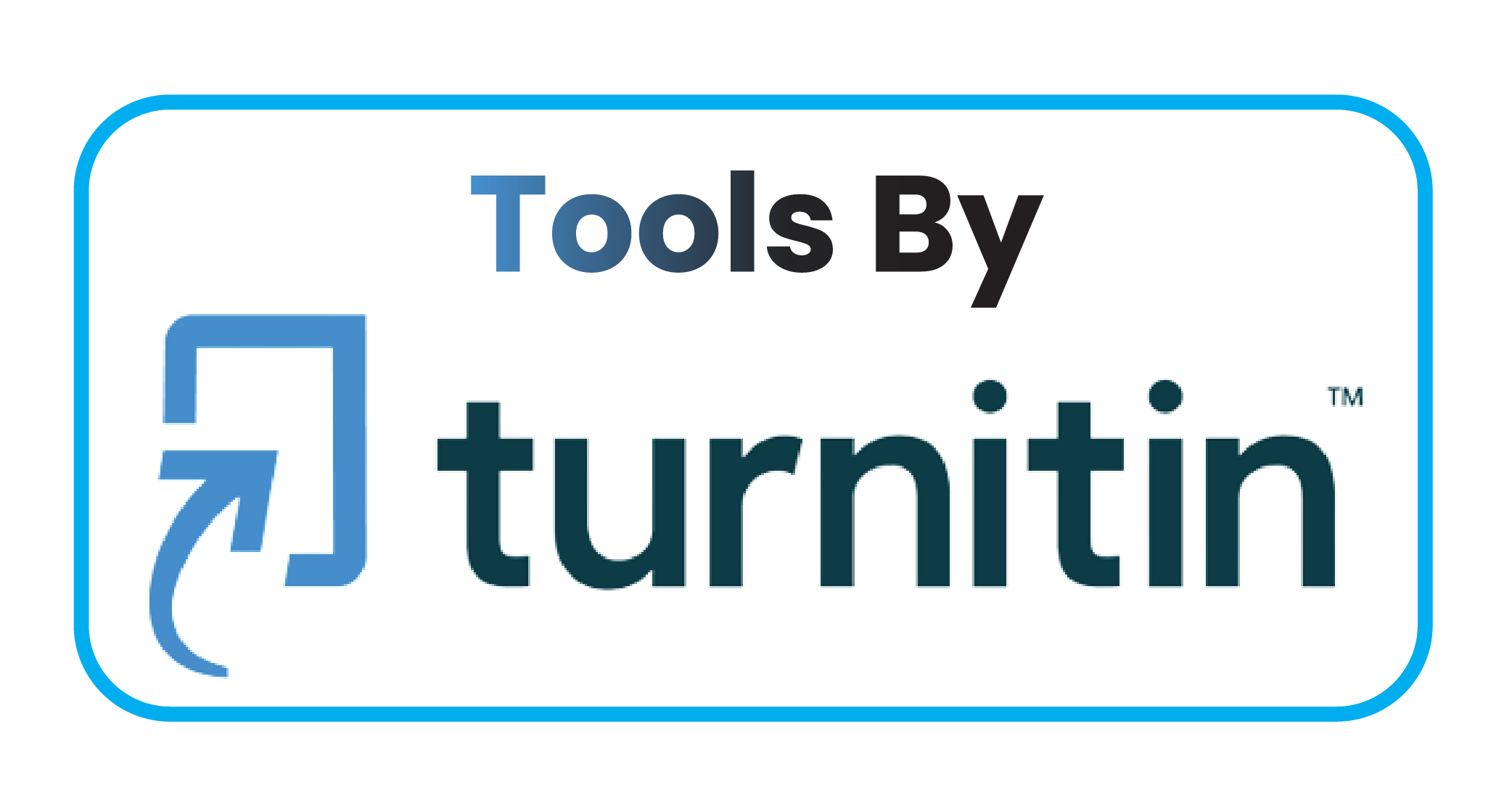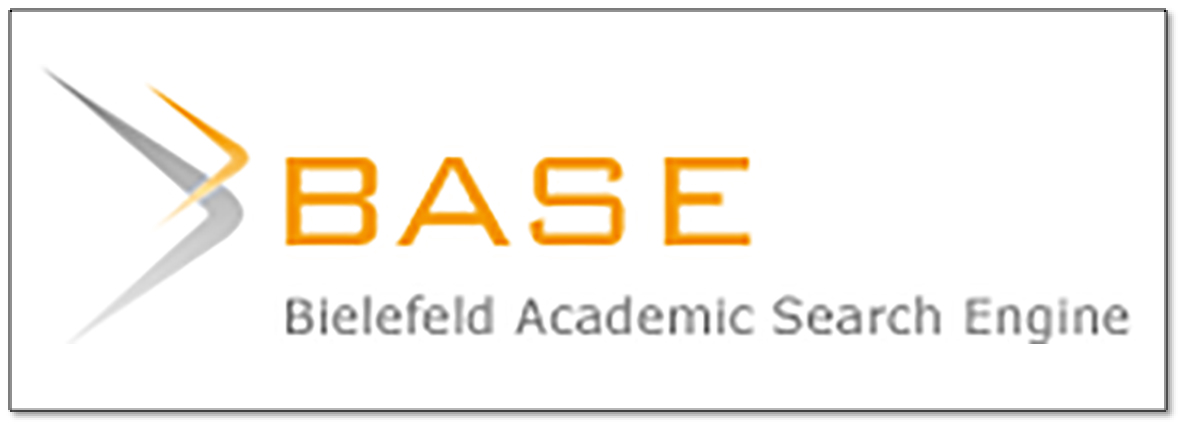Comparison of Concrete and Asphalt Pavements: Cost and Time Analysis on The Bendung-Bantengan Road Section In Mojokerto District
DOI:
https://doi.org/10.59888/ajosh.v3i6.527Keywords:
cost;, concrete pavement;, asphalt pavement;, road pavement, mojokertoAbstract
Road infrastructure development plays a crucial role in supporting connectivity, mobility, and economic growth. This study analyzes and compares the cost and time aspects of concrete and asphalt pavement construction on the Bendung-Bantengan road segment in Mojokerto Regency. The methods applied include an analysis of average daily traffic (ADT) data, soil California Bearing Ratio (CBR) tests, and regional topography assessments. The asphalt pavement design adheres to the 2017 Manual for Pavement Design (MDPJ), while the concrete pavement design follows the Pd T-14-2003 guidelines. The findings reveal that concrete pavement with a thickness of 25 cm incurs a total cost of IDR 2.49 billion, which is more economical in the long term compared to asphalt pavement costing IDR 3.36 billion. In terms of construction time, concrete pavement requires a shorter duration of 108 days, whereas asphalt pavement takes 120 days to complete. Concrete pavement also demonstrates superior durability and resistance to heavy traffic loads, making it an ideal choice for areas with high traffic intensity and stable soil conditions. Conversely, asphalt pavement, despite its lower initial cost and faster implementation, demands more frequent maintenance, resulting in higher long-term expenses. This study underscores the importance of selecting the appropriate pavement type based on traffic conditions, budget constraints, and project timelines. The findings contribute to more efficient and sustainable road infrastructure planning, offering valuable insights for policymakers and engineers tasked with improving regional connectivity and infrastructure resilience.
Downloads
Published
Issue
Section
License
Copyright (c) 2025 Ahmad Rizky Haris, Wateno Oetomo, Risma Marleno

This work is licensed under a Creative Commons Attribution-ShareAlike 4.0 International License.
Authors who publish with this journal agree to the following terms:
- Authors retain copyright and grant the journal right of first publication with the work simultaneously licensed under a Creative Commons Attribution-ShareAlike 4.0 International. that allows others to share the work with an acknowledgement of the work's authorship and initial publication in this journal.
- Authors are able to enter into separate, additional contractual arrangements for the non-exclusive distribution of the journal's published version of the work (e.g., post it to an institutional repository or publish it in a book), with an acknowledgement of its initial publication in this journal.
- Authors are permitted and encouraged to post their work online (e.g., in institutional repositories or on their website) prior to and during the submission process, as it can lead to productive exchanges, as well as earlier and greater citation of published work.










